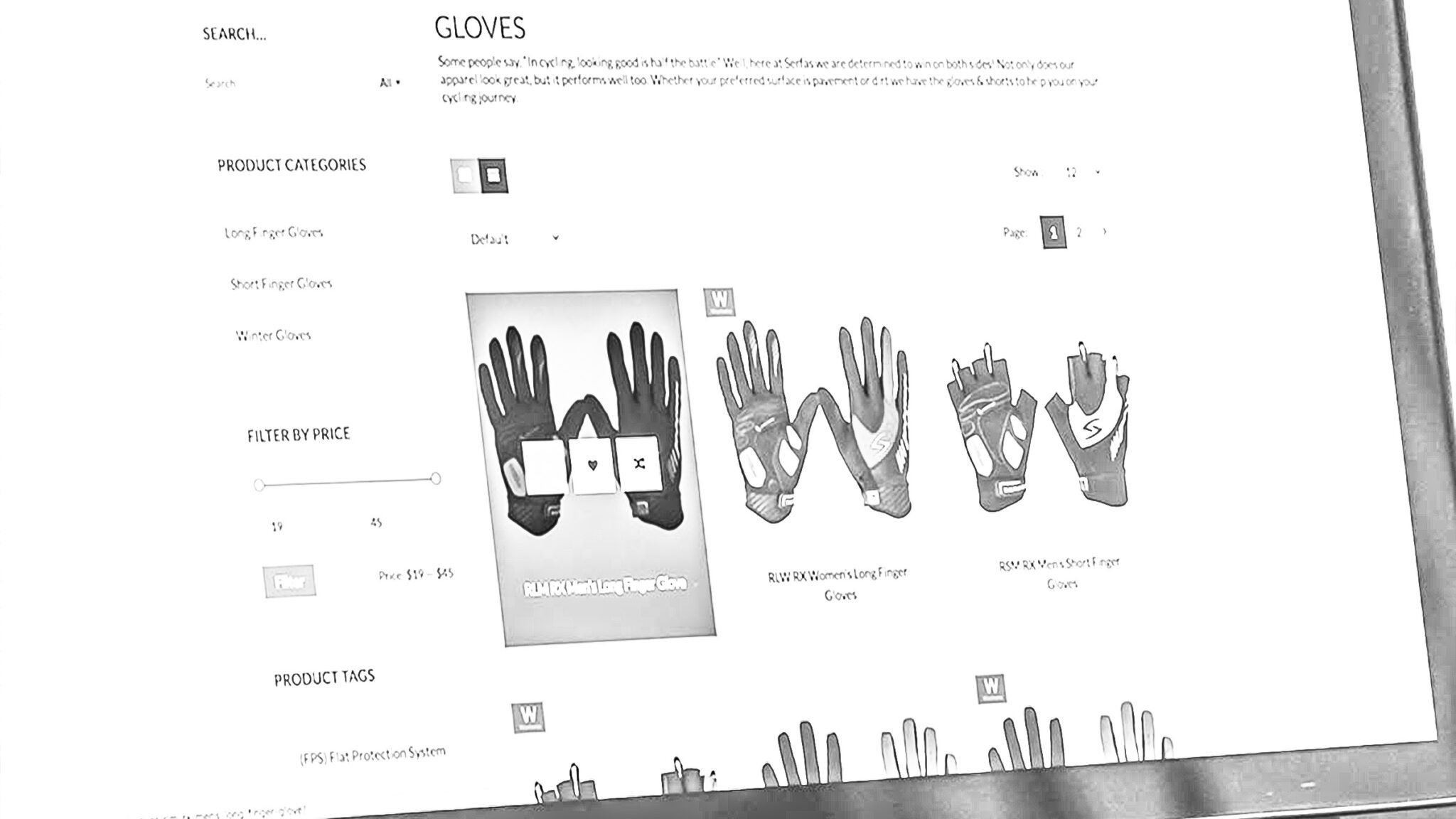Building a strong brand is more important than ever in today’s highly competitive marketplace. A brand is much more than just a logo or a name. It is a promise to customers, a unique value proposition that sets a company apart from direct competitors. But how do you create a successful brand positioning strategy?
Many brands spend thousands of dollars on marketing campaigns, but their message does not resonate. Why?
In this blog, Creatitive will explore what brand positioning is, why it’s important, and how to create a strong brand positioning strategy that resonates with your target audience.
Ready?
Let’s jump right into it!
What is Brand Positioning?
Brand positioning refers to the unique place a brand occupies in the minds of customers. It is how customers perceive a brand. Donald Miller offers a brand positioning framework in his book “Building a Story Brand”; he says,
“Brand positioning is about finding a specific niche in the market and owning it. It’s about standing out from the competition and making your brand unique.”
A strong brand positioning statement is determined by a combination of factors, including its target market, value proposition, and marketing strategy. It’s about creating a perception in the minds of customers that sets your brand apart and makes it stand out.
What is a Brand Positioning Statement?
A brand positioning statement is a concise statement that sums up the unique value proposition of a brand. It is a statement that communicates the essence of a brand, what it stands for, and why it is different from its competitors. Donald Miller says,
“A brand positioning statement should be short, simple, and easy for customers to understand.”
Why is Brand Positioning Important?
Brand positioning is important for several reasons:
- It helps a brand to differentiate itself from its competitors. In today’s crowded marketplace, standing out from the crowd and creating a unique value proposition that sets your brand apart is essential.
- It helps create customer loyalty.
- Building a strong brand position allows for creating an emotional connection with your customers, which can lead to long-term loyalty.
- It helps to create a strong brand image that resonates with your target audience.
Here’s Donald Miller again,
” Without a strong brand positioning strategy, your marketing efforts will be unfocused and ineffective.”
If you think about it, brands that are successful in the long run can create a strong brand position in the minds of customers. But how to create your own brand positioning strategy?
How do you Create a Brand Positioning Strategy?
Creating a successful brand positioning strategy requires a clear understanding of your target market, value proposition, and marketing strategies.



Brand Strategy
Start your digital journey today!
Let’s delve into some must-dos to create a strong brand positioning strategy:
Mission Statement
Simply put, brand positioning statements come after defining a well-thought-out mission statement. Your mission statement should communicate your brand’s purpose and what it stands for. Ensure it’s short, clear, and easy for customers to understand.
“Your mission statement should be the foundation of your brand, and it should guide all your marketing efforts.”
Donald Miller
Logos and Branding
Your logo and branding are an essential part of your overall brand strategy. Your logo should make a great first impression; it should be memorable and easy to recognize. Your branding should be consistent across all your marketing materials, including your website, social media profiles, and advertising campaigns. Your target customers will perceive you as a strong brand if you do so.
“A logo is not a brand but a critical element of a brand. A great logo should be simple, memorable, and easy to recognize.”
Donald Miller
Logo Guidelines
When creating your logo, following some basic brand guidelines is important. If you follow it, your logo will be scalable, meaning it can be used in different sizes and formats without losing its quality.
Last but not least, it should be relevant to your target customers and convey the essence of what your brand stands for.
Brand Story, Mission, and Vision
Your brand story, mission, and vision are essential in your current brand positioning strategy. Your brand story should communicate your brand’s history, core values, and unique selling proposition. Your mission statement should communicate your brand’s purpose and what it stands for, while your vision should communicate your brand’s long-term goals and aspirations.
Examples of Brand Positioning
Let’s take a closer look at some examples of successful brand positioning strategies:
NIKE
Nike’s brand positioning strategy is all about inspiration and empowerment. The company’s marketing campaigns focus on the idea of achieving greatness, inspiring people to push beyond their limits and be their best selves. Nike’s brand image is one of strength, determination, and achievement, which has helped it to become one of the most successful brands in the world.
Gymshark
Gymshark’s brand positioning strategy is all about fitness and style. The brand’s positioning essence is to focus on the idea of looking and feeling your best while working out. Gymshark’s brand image is one of high-quality fitness apparel that combines fashion with functionality, which has helped it to become one of the most popular brands in the fitness industry.
TB12 Sports
TB12 Sports, founded by Tom Brady, is a brand that focuses on holistic health and wellness. The company’s brand positioning strategy is all about providing customers with the tools they need to live a healthy lifestyle, including nutrition, exercise, and recovery. TB12’s brand image is one of premium quality and personalized training programs, which has helped it to become a leader in the health and wellness industry.
Crunch Fitness
Crunch Fitness is a brand that focuses on making fitness fun and accessible for everyone. The company’s marketing campaigns focus on the idea of creating a community where people can work out, have fun, and achieve their fitness goals. Crunch Fitness’s brand image is one of inclusivity, creativity, and a sense of humor, which has helped it to become one of the most popular fitness brands in the world.
ASICS
ASICS is a brand that focuses on performance and innovation in the sportswear industry. The company’s brand positioning strategy is all about providing customers with high-quality, technologically advanced products that help them to achieve their best performance. ASICS’s brand image is one of reliability, durability, and innovation, which has helped it to become one of the most respected brands in the sportswear industry.
These examples demonstrate that successful brand positioning is all about finding a unique value proposition that resonates with your target audience. By creating a strong brand image and communicating a clear message, these brands have been able to establish themselves as leaders in their respective industries.
Our Designers Can Create One for You!
At Creatitive, our experienced designers can help you create an effective brand positioning strategy that resonates with your ideal target customer. We’ll work with you to define your brand’s unique value proposition, create a memorable logo and branding, and develop a marketing strategy that sets your brand apart from a sea of competitors. Contact us today to learn more!



Brand Strategy
Start your digital journey today!
FAQ
What are the 5 common positioning strategies?
The five common positioning strategies are price/quality, differentiation, benefit, usage occasion, and customer type.
What are the three levels of brand positioning?
The three levels of brand positioning are functional benefits, emotional benefits, and self-expressive benefits.
- Functional benefits: refer to the practical and tangible benefits that a product or service provides to your target customer. This can include features such as durability, ease of use, reliability, and affordability. Functional benefits are typically associated with products that fulfill a specific need or solve a problem for the customer.
- Emotional benefits: are the intangible benefits that a customer experiences when they use a product or service. For example, How does it feel to have an Energy Drink after a leg day? That’s why the emotional benefits include pleasure, satisfaction, security, or excitement.
- Self-expressive benefits: refer to what customers derive from using a product or service to express their identity or personality. In a nutshell, these are status, prestige, or social acceptance. Self-expressive benefits are often associated with products that are used as a form of self-expression, such as fashion or personal care products.







